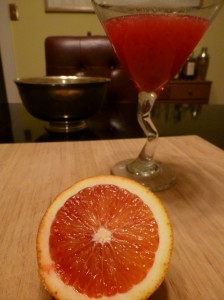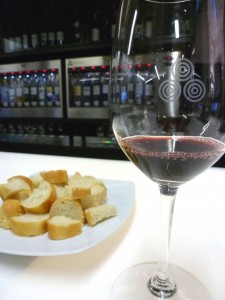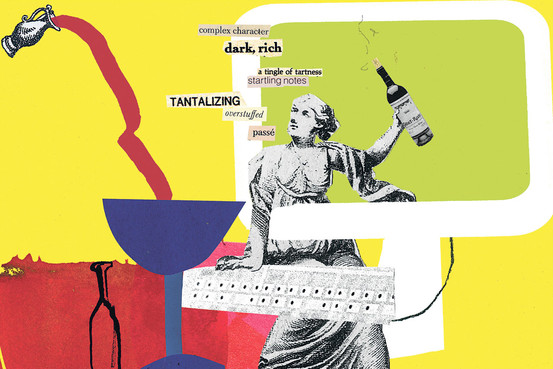Simple, Fresh, And Bloody
Eating seasonally has come back into fashion, and there’s no reason we can’t drink seasonally as well. Certain cocktails are simply impossible to make at certain times of the year, making them taste all the sweeter when we can.
Right now, we’ve reached the peak season of blood oranges, also known as moros. These wonderful winter citrus fruits have some orange-colored cells as well as many deeply red cells, and their juice has a surprisingly bright magenta tinge. The peel may or may not also have a blush of red (don’t shy away from blood oranges with no hint of “blood” on their exterior).
Fresh-squeezed blood orange juice makes for a marvelous cocktail mixer, with a beautiful magenta color and a tart flavor that can substitute well for a number of other more common citrus fruits. Blood orange mimosas look gorgeous and taste great — add three parts Prosecco (my favorite), Cava or Champagne to a champagne flute, top with one part fresh-squeezed blood orange juice, and you’ve got a deep-pink (but deliciously dry and adult) drink sure to delight your brunch guests.
If, for some reason, you prefer to drink only in the evening, consider instead one of these simple, fresh and bloody recipes:
–1 part fresh-squeezed blood orange juice
–1 part tequila (I used gold, but silver could also be tasty)
–1/2 part triple sec
To get the proportions right, squeeze the blood orange first. Whatever amount of juice you recover from the blood orange can be your standard “part”. Usually one blood orange provides enough juice for about one cocktail.
Combine all the ingredients in a shaker with ice. Shake vigorously and strain into a martini or margarita glass. Garnish with a twist if you like.
This light cocktail tastes tart, but the sweetness from the triple sec balanced it enough for my palate. The telltale flavor of the tequila still came through, and there was just a touch of bite from the blood orange.
BLOODY SIDECAR:
–1 part fresh-squeezed blood orange juice
–1 part Cognac
–1/4 to 1/3 part crème de cassis, to taste
Combine all the ingredients in a cocktail shaker with ice. Shake vigorously and strain into a martini glass. Garnish with a twist if you like. Easy!
I liked this cocktail even a little better, though its color wasn’t quite as brilliant as the margarita’s. Again, it tasted sweet and tart, but the Cognac added an intriguing woodsy note, a little bite and a satisfying caramel finish. The crème de cassis, a French blackcurrant liqueur, adds additional sweetness and roundness to the drink.
Cheers!









